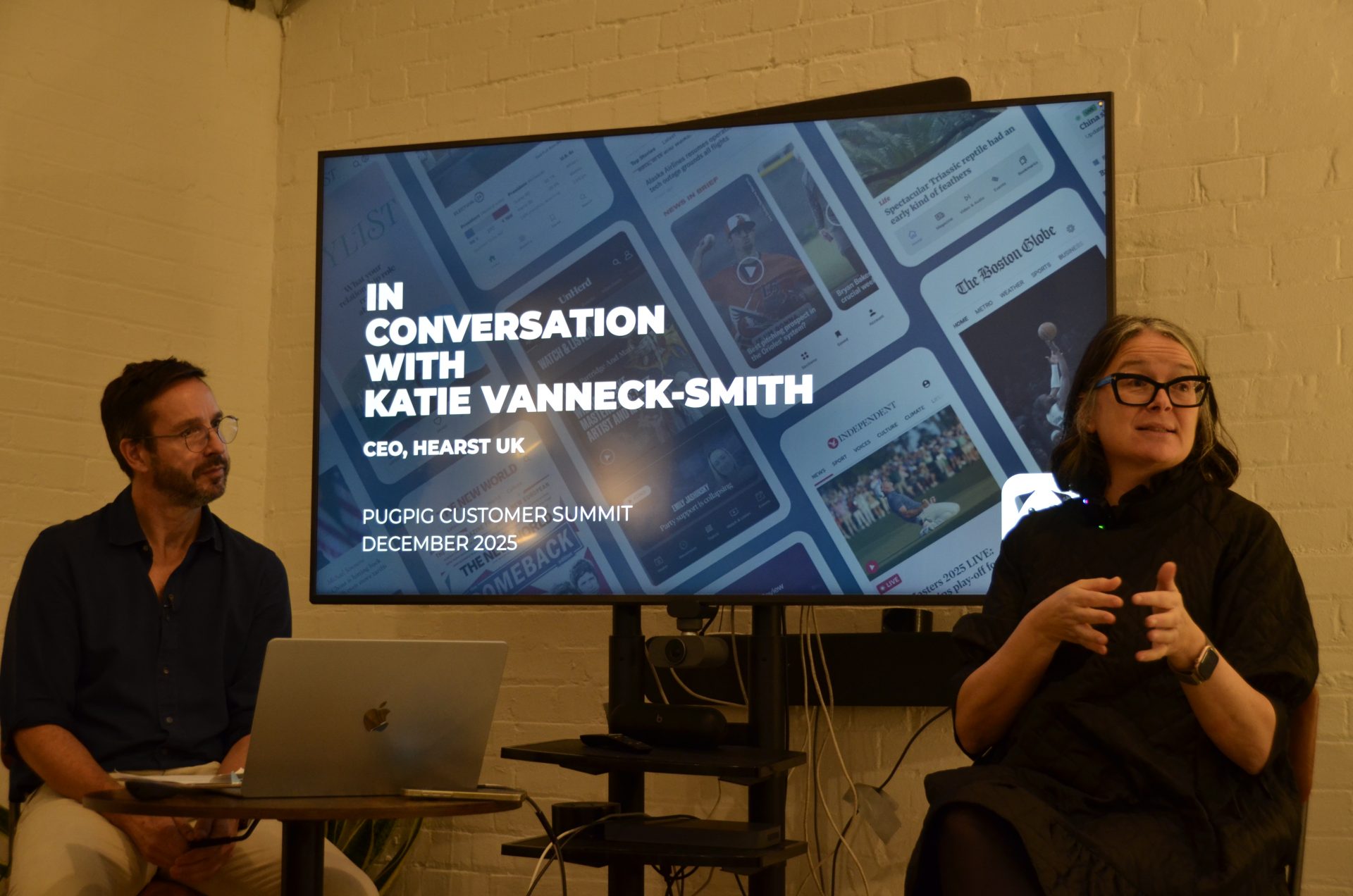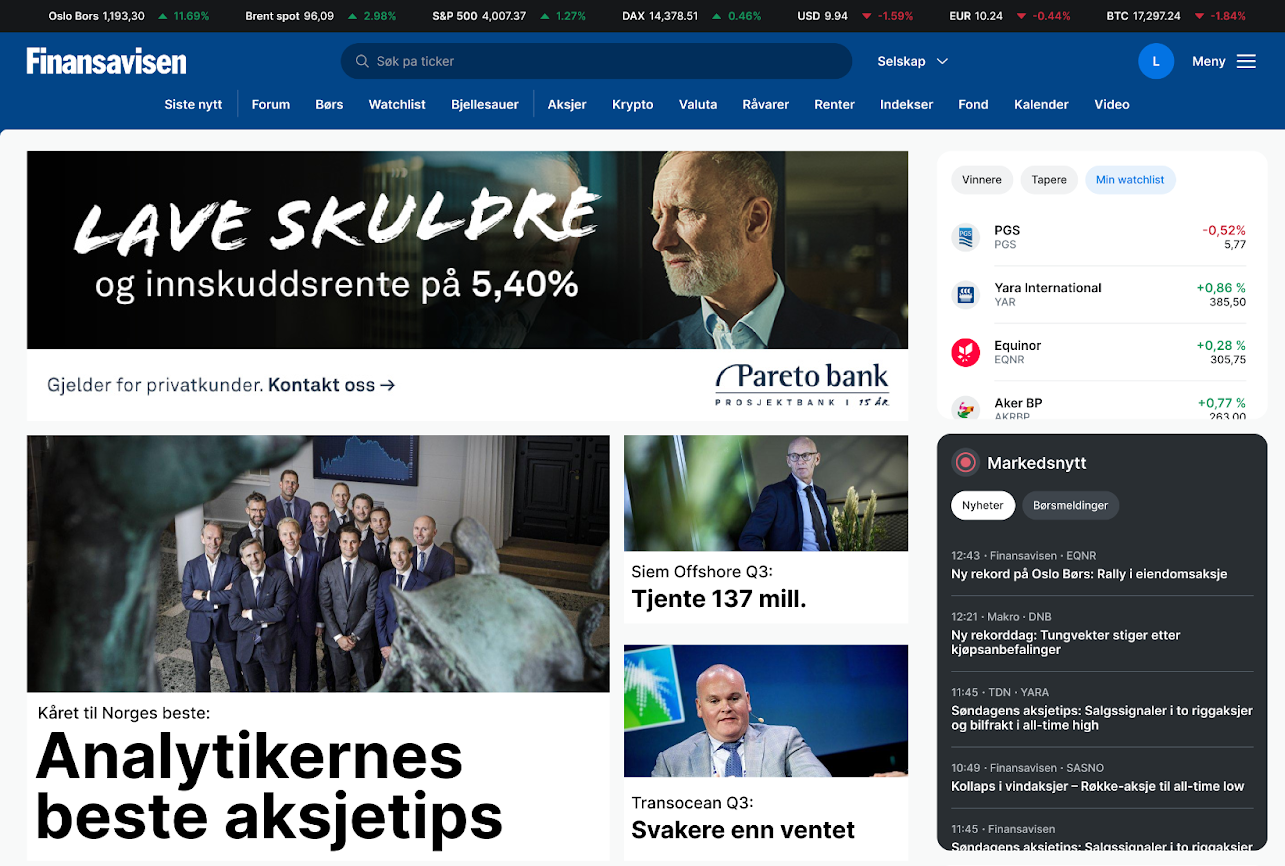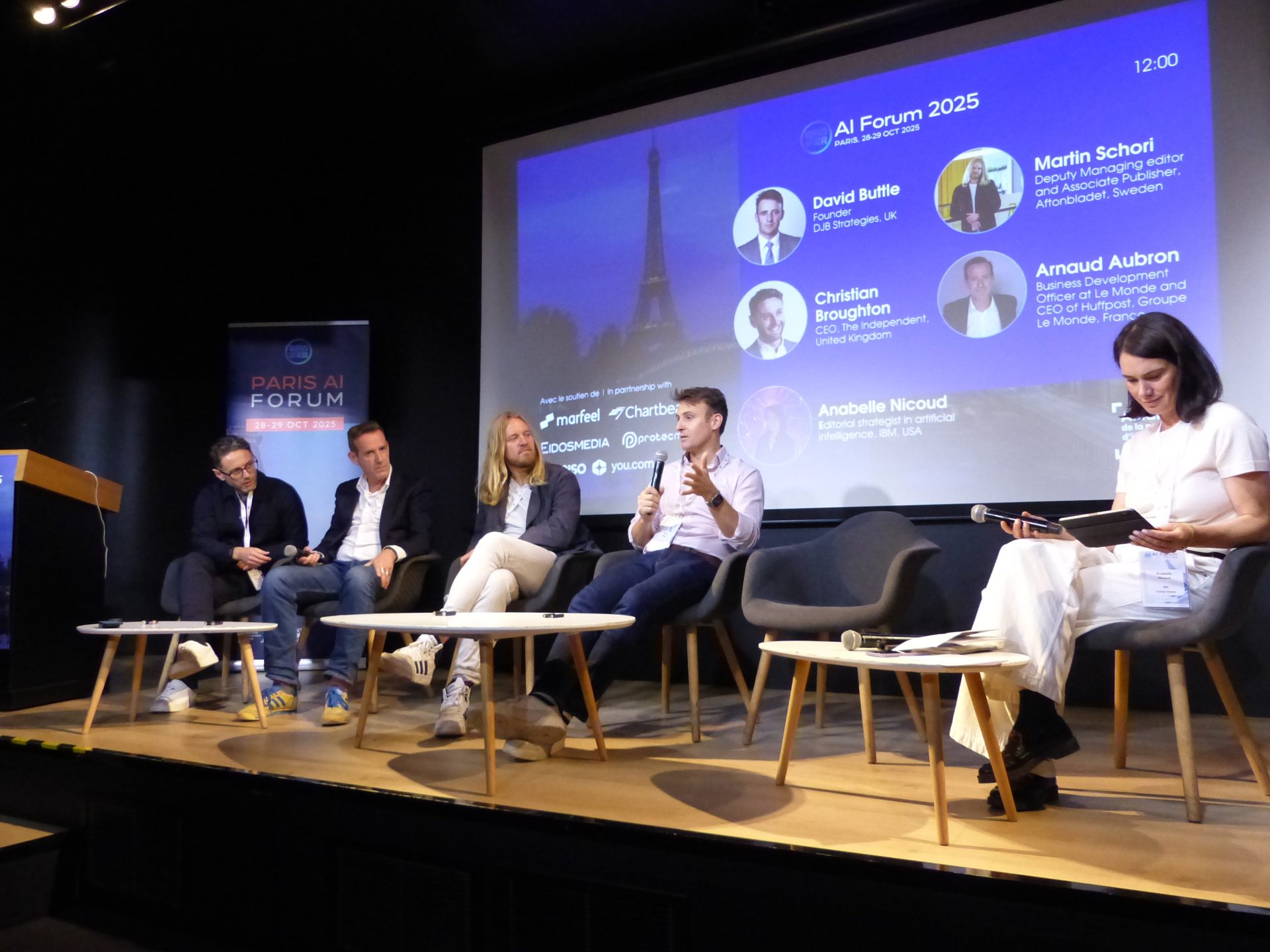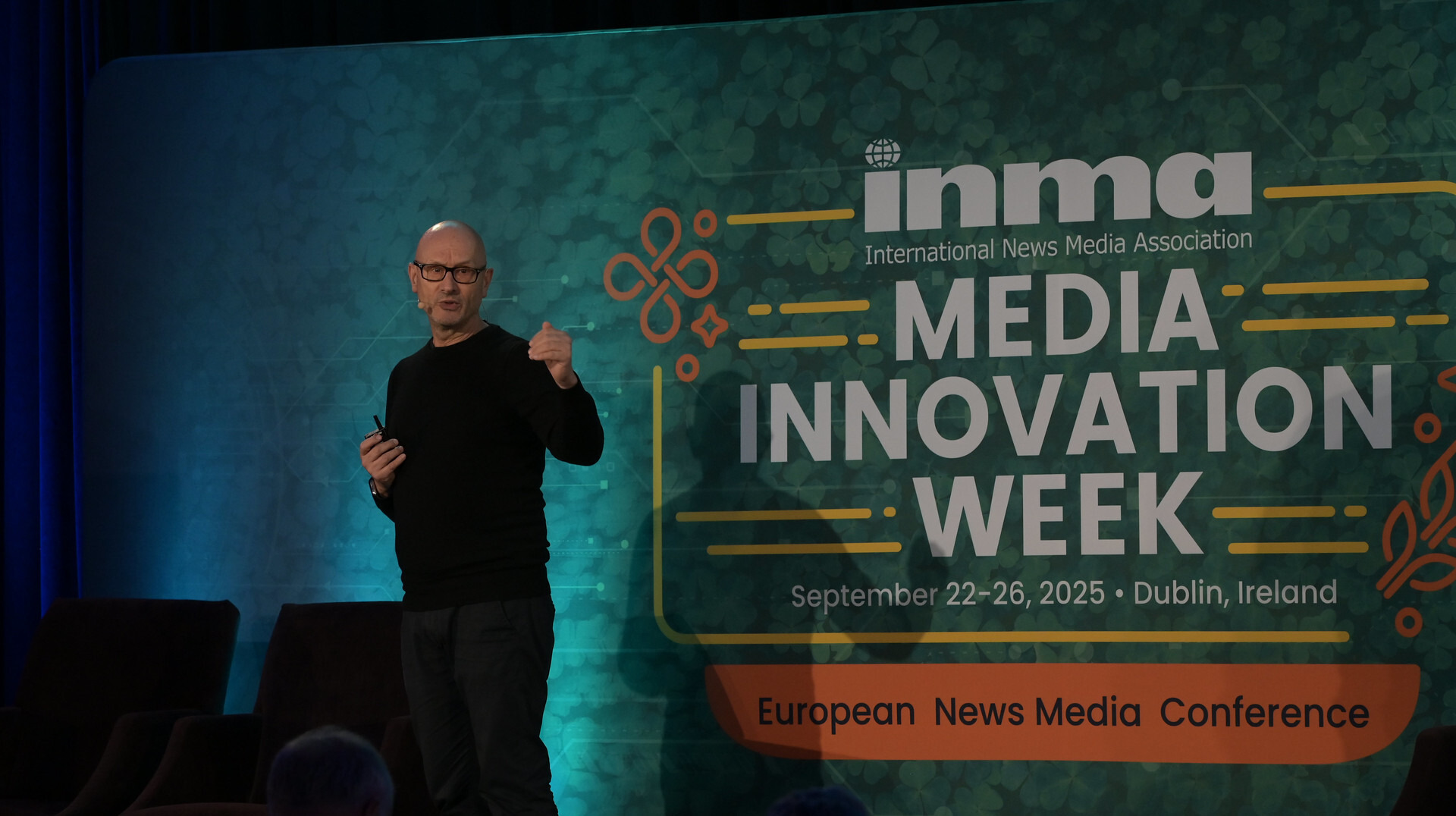
Newsletter
Newsletter
In this week’s bulletin, we take a look at how a publisher can further innovation while maintaining consistency and quality in their digital operations
18th October 2024

Aligning operations within any business is challenging, but for legacy publishers it can be particularly difficult. The pressures put on publishing over recent years have forced brands to constantly change to survive and this has often resulted in misalignment within the organisation.
This was the subject of a recent INMA webinar, where Ringier Media International CEO Dmitry Shishkin explained how he and his team have approached the challenge or misalignment by uniting their business around a set of digital media guidelines. Since Ringier was founded in Switzerland in 1883 they have grown to include over 140 companies across a range of verticals, including print media, digital media, radio and entertainment. They also own online marketplaces for cars, real estate and jobs.
Ringier’s mission has been to further innovation while maintaining consistency and quality in their digital operations, but it has become particularly difficult to align everyone across the business with the same ethos and approach to the digital age. This is a problem many publishers will be able to relate to, as they often have separate commercial and editorial teams with differing approaches and objectives. Digitisation of news brands has meant that connecting teams around one strategy has become more important than ever, but maintaining consistency requires centralised organisation.
In the INMA webinar, Shishkin explained that a new starter in their company would be given guidelines from HR and editorial but “wouldn’t receive how we do digital guidelines.” This led to a realisation that they needed to standardise best practice across the company’s diverse newsrooms.
The approach that Shishkin took was to bring together colleagues across the media division through an initiative to design and write a digital media playbook. The process started with interviews of “knowledge owners throughout the company” to ensure that they captured their own established best practices. This is labour intensive, so the team leveraged AI to help speed up information gathering. Once they had captured the information from their internal teams, an external consultant was brought in to “align internal knowledge with global best practices”, and to presumably iron out any existing differences in approach from within Ringier. The aim was to ensure that they didn’t just rely on what they knew already but set it in a wider industry context.
The result was an 118-page document that compiled all the best practices and broke down into 5 chapters, which were summarised by Paula Felps at INMA as:
Shishkin acknowledged that the guide needed to avoid leaving the reader feeling “overwhelmed” so they focused on making it interactive. “When you read it, there are certain things that appear on your screen, disappear from your screen, and are expandable or collapsible”, Shishkin explained. Each chapter contained a video with an important message from a domain expert which highlighted the most important themes of the section and was complemented by AI-generated imagery that they described as visually appealing. This helped the document to be socialised in presentations, workshops, webinars, and question-and-answer sessions.
Moreover, the playbook was designed to show the reader how their work related to other activities across the business and positioned the employee within the wider organisation. In our experience, this is a vitally important step as it encourages a greater sense of belonging. Furthermore, the guide was not set in stone but was designed as a living document that would be regularly updated to reflect changes in the industry and the latest best practices.
Driving better alignment within news organisations has been a regular feature of this media bulletin. Last year we discussed Robin Kwong’s approach to editorial project management in which Kwong pointed out that historically newsrooms haven’t tended to hire project managers. “Instead, they expected editors, audience engagement teams or other digital staff to take on project management responsibilities without providing them with the necessary training”, he said.
Ringier’s approach has acknowledged the same truth, that editorial organisations have historically relied on the “stereotypical journalist’s faith in ‘winging it’ (according to Kwong). Moreover, when we looked at how Fortune had built cross-functional teams, we noted that this required bringing the right people around the table from diverse areas within the wider business. Fortune was striving to achieve the same goals as Ringier but with a different approach. Ultimately, for a digital publishing company to be set up to thrive, silos need to be broken down and the gaps between different sections of the organisation need to be bridged. Ringier’s playbook is one innovative way to do just that.
Here are some of the most important headlines about the business of news and publishing as well as strategies and tactics in product management, analytics and audience engagement.

Newsletter

Newsletter

Newsletter

Newsletter

Newsletter